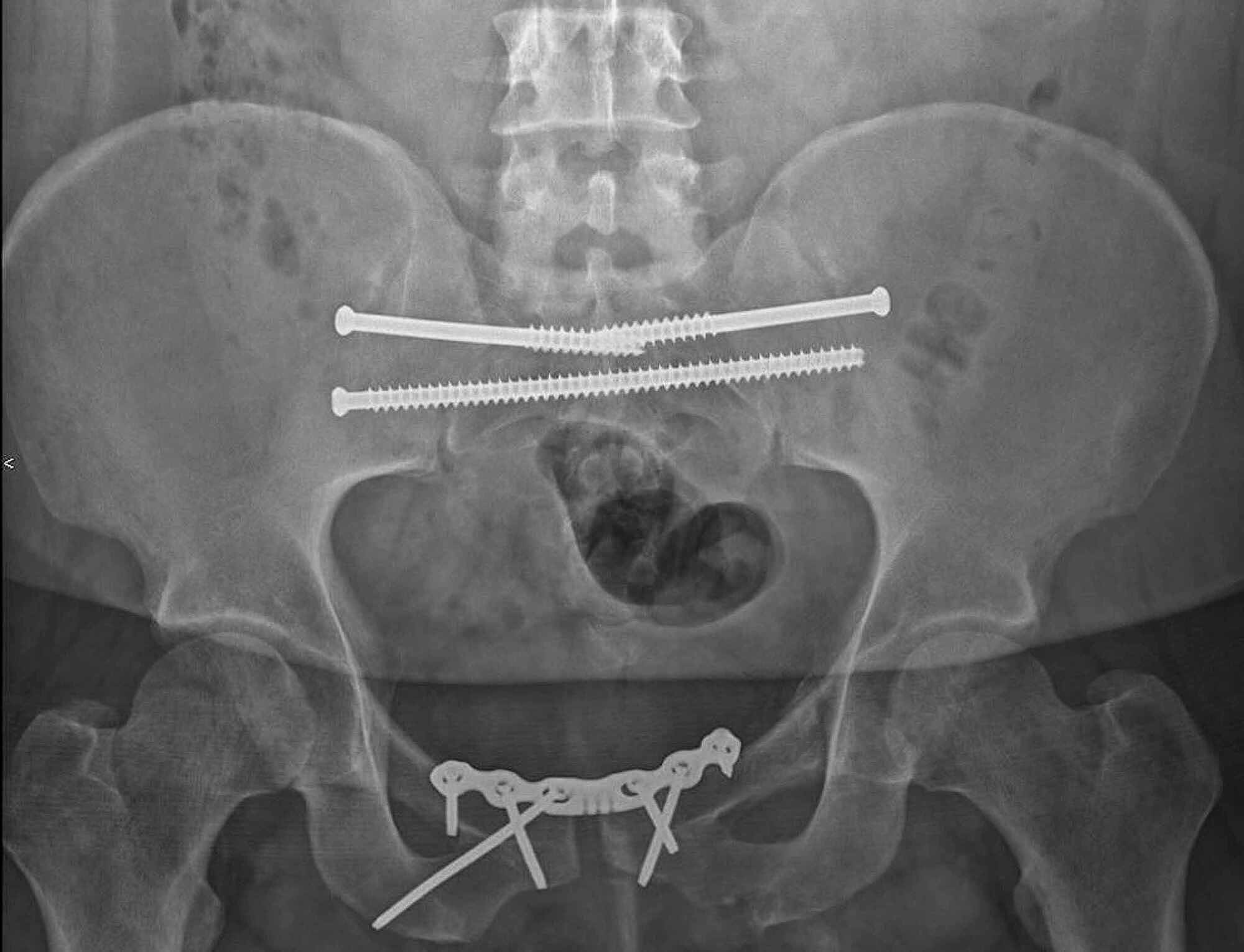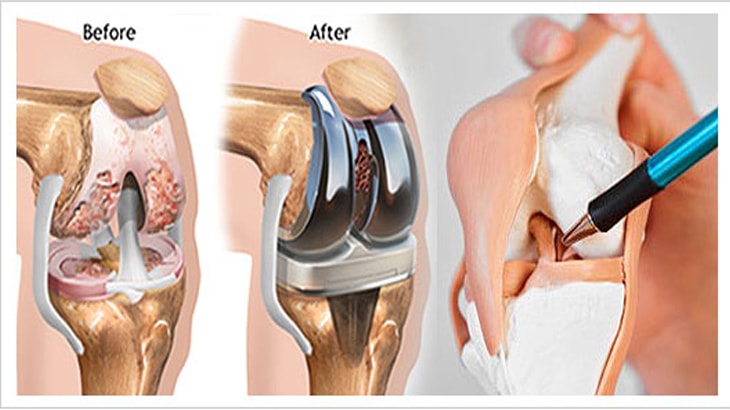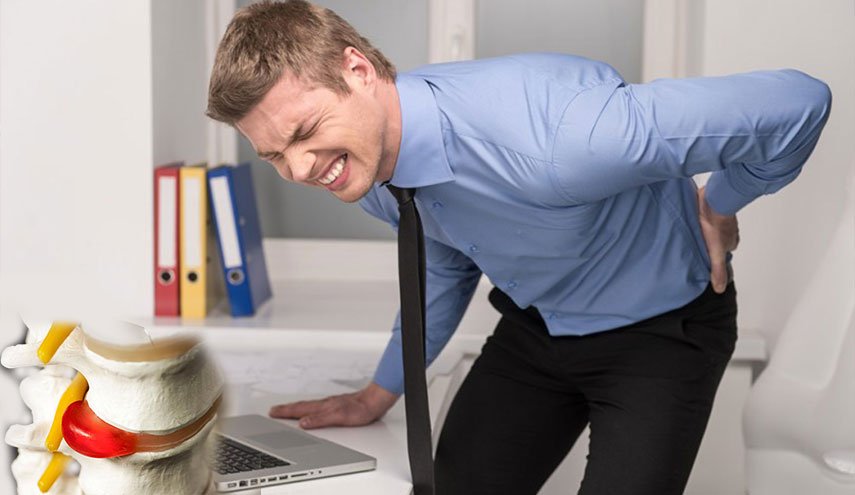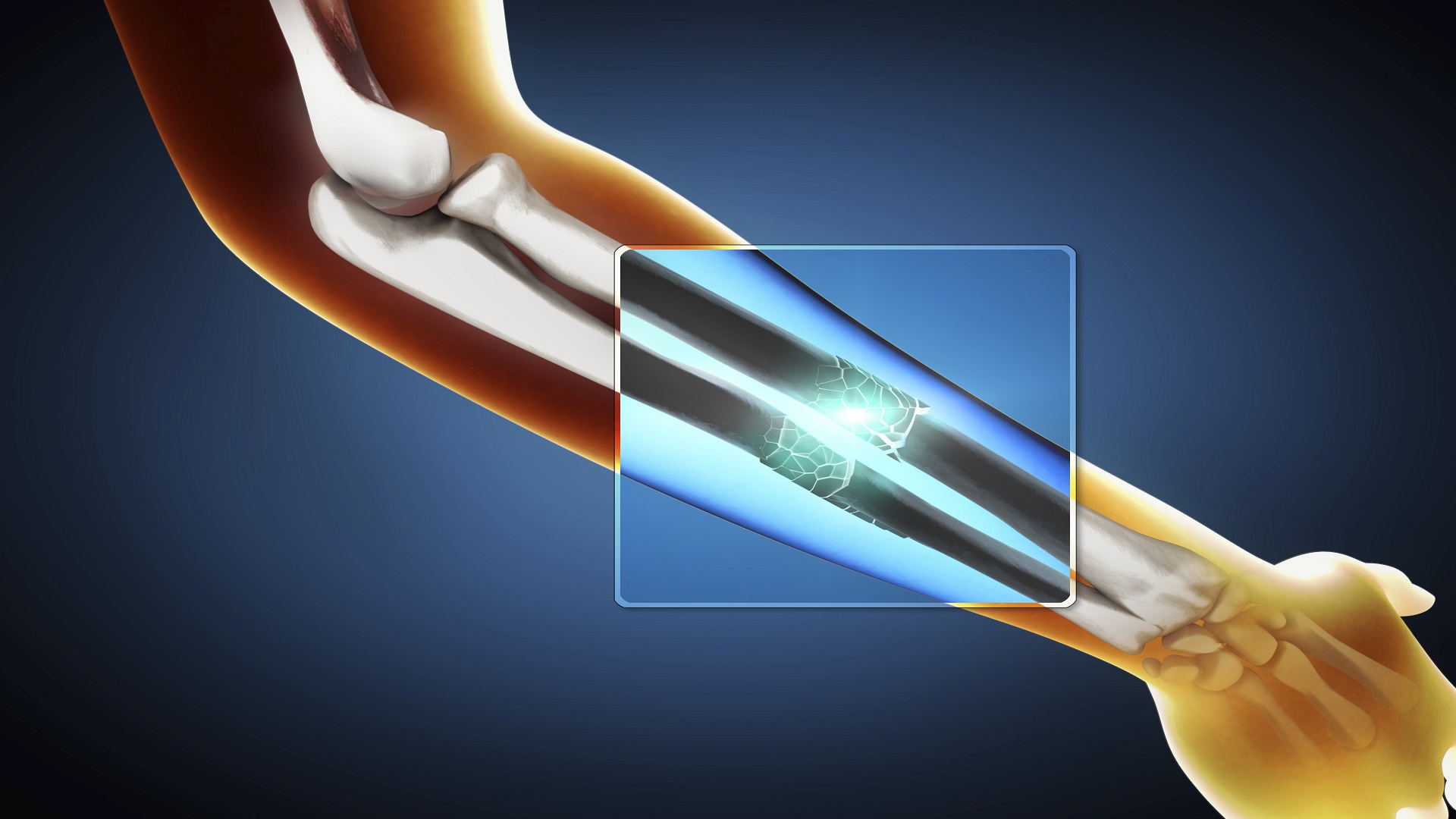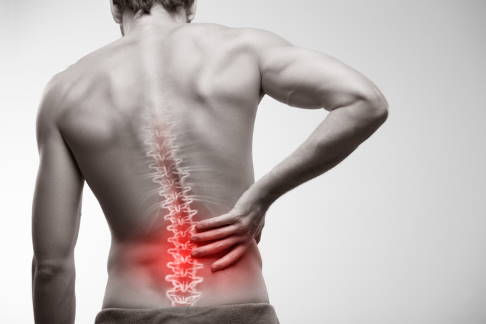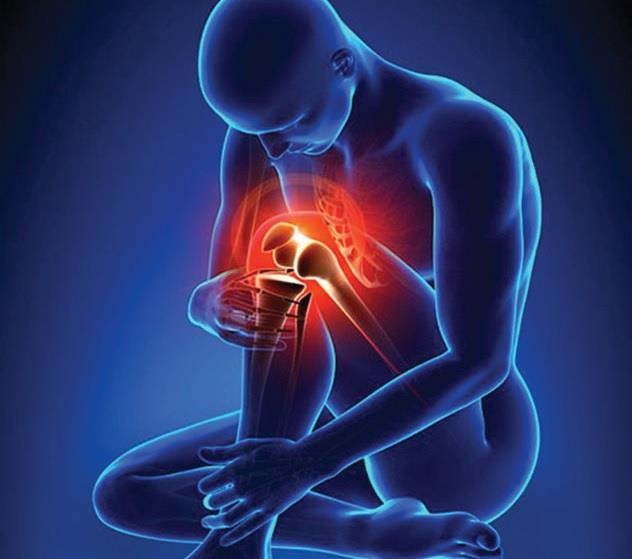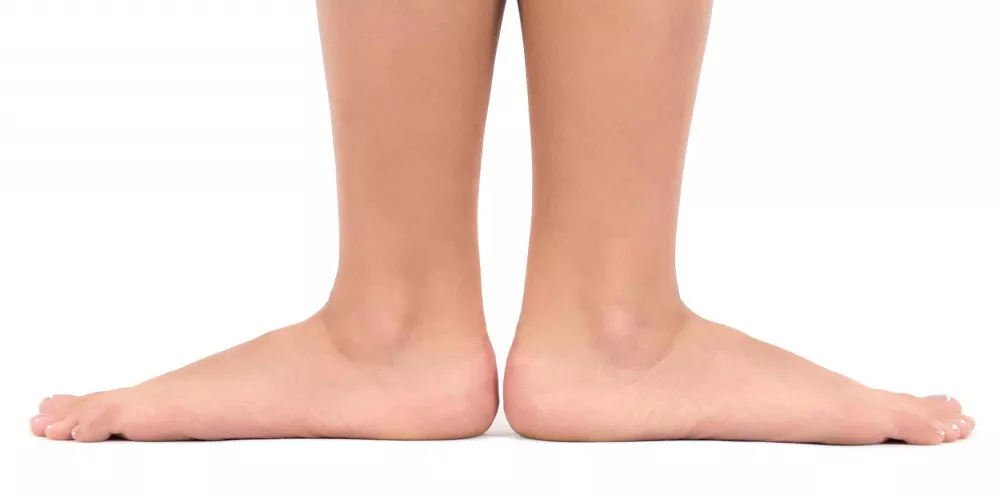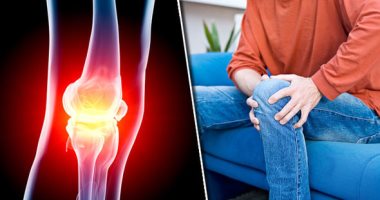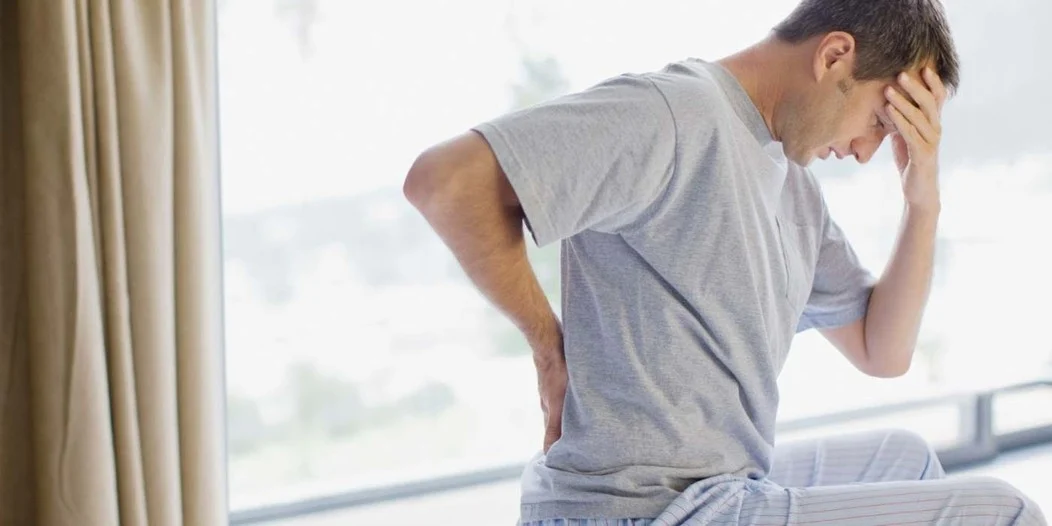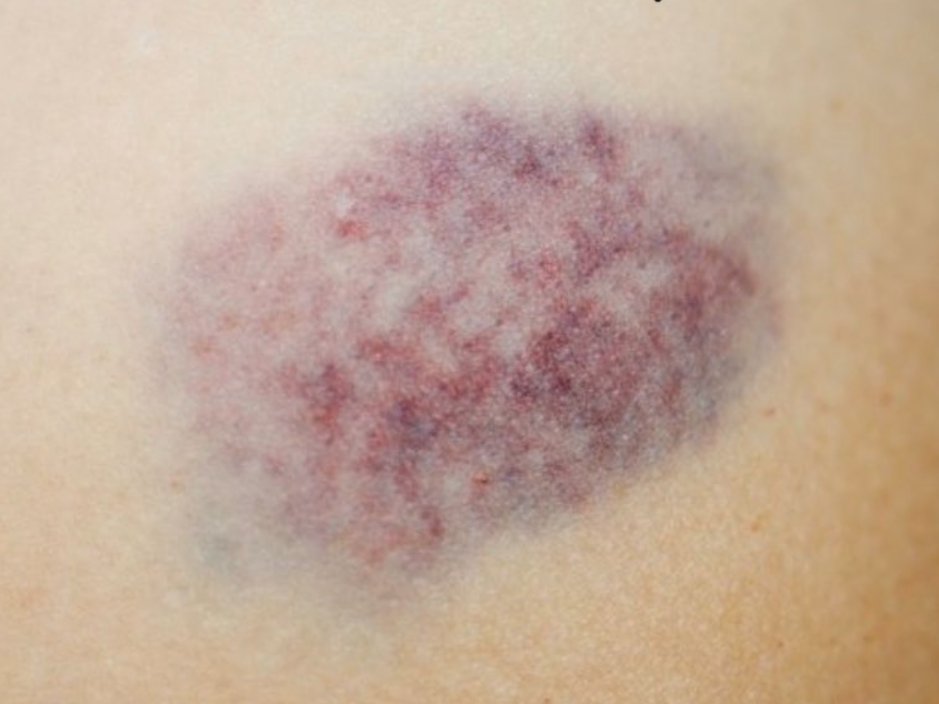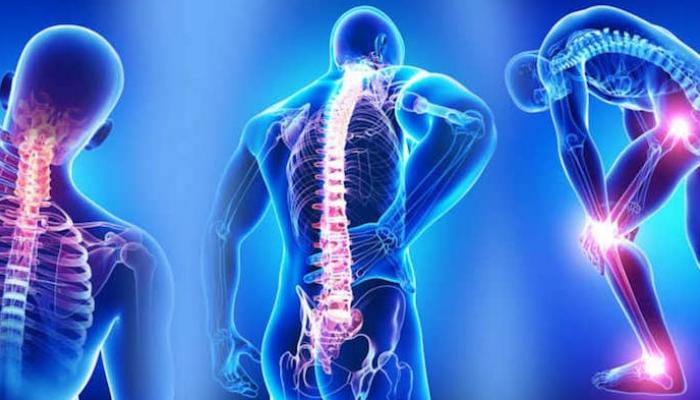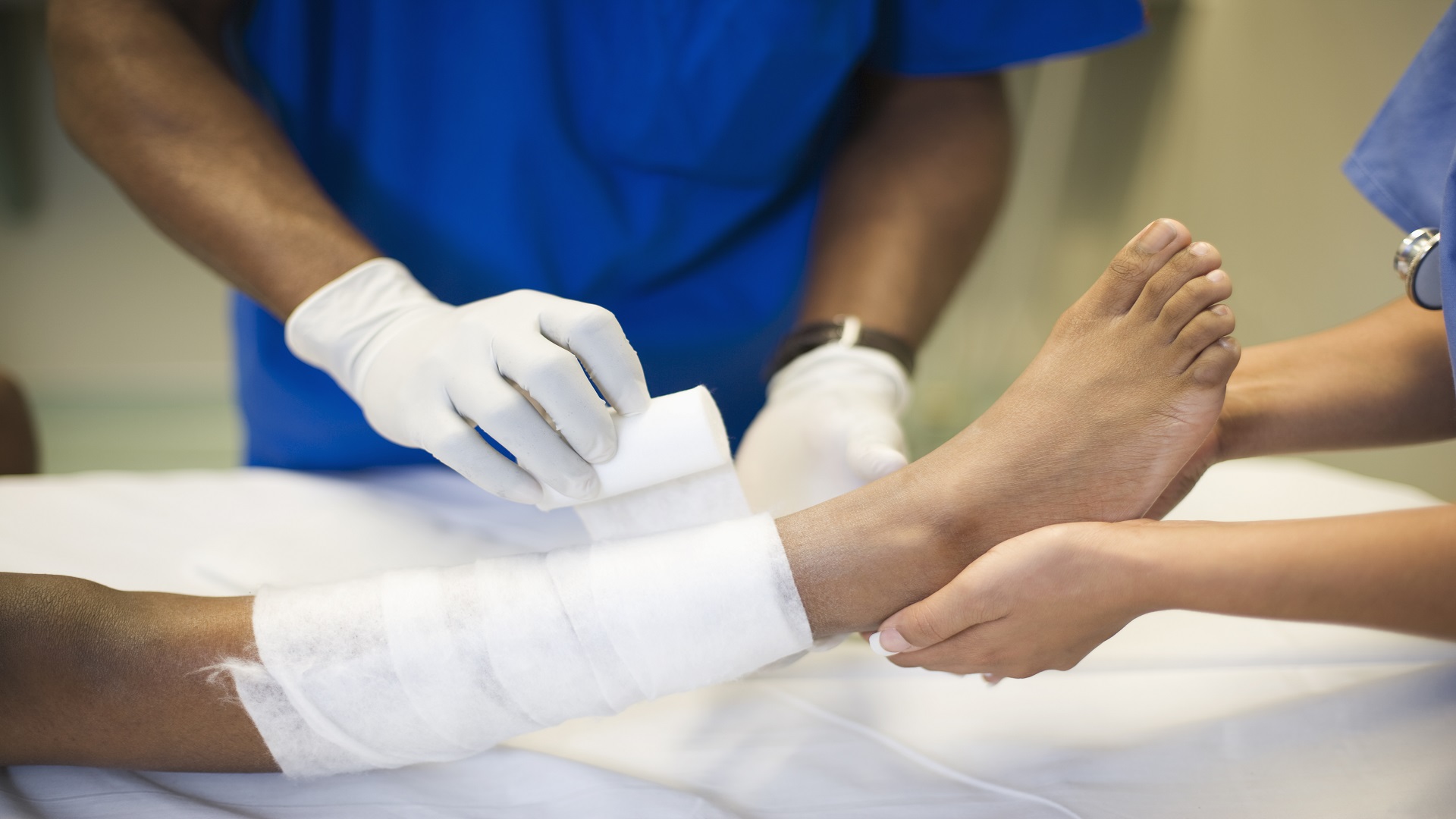Learn more about pelvic pain
Suffering from pelvic pain has many reasons that others must identify to know how to deal with each case. In the following article, we will learn very important information regarding this topic, so let us read the following.
Pelvic pain
Chronic pelvic pain is the feeling of pain that is in the area below the navel and between the hips, which may last for a long period, up to six months or even more than that, and there are many reasons behind that pain, as it may be a sign of a problem in the pelvic area itself or be a symptom of some other disease.
In order to be able to take the appropriate treatment for pelvic pain, you must first clearly identify the causes that may be behind it, and for example:
- Appendicitis: The appendix is in the form of a tube that is connected to the large intestine, and the appendix must be removed immediately after its inflammation because it may cause many problems for the individual, as ignoring it may lead to its explosion and spread of inflammation to the neighboring organs, and this may cause poisoning organs and blood and this may lead to death.
- Irritable bowel syndrome: It is a chronic disorder in the digestive system that causes pain and bloating in the abdomen more than once, and this causes diarrhea, constipation, and a feeling of pain in the pelvis. There is no known cause for colon irritation, but it is controlled through a proper diet and the use of diarrhea and constipation medications.
- Pelvic inflammation: This may occur as a result of the transmission of a pollutant to the body through a sexual disease, and in many cases, this inflammation may lead to damage to the internal genital organs, and the symptoms that indicate pelvic inflammation are abdominal pain, heat, vaginal or penis secretions, and pain during urination or intimacy.
- Urinary tract infection: This begins to occur when bacteria penetrate the urinary tract and this causes many problems in the area between the urethra, bladder, and ureter, and its symptoms include pressure and pain in the pelvis and when urinating. This inflammation does not lead to serious matters if it is treated quickly, but if it is neglected and reaches the kidneys, it may lead to permanent damage.
- Kidney stones: The stones are accumulated salts and minerals that were not able to pass out in the urine and maybe the size of sand atoms or golf balls, stones that are small or medium in size can pass from the kidneys to the bladder and this causes pain in the pelvis.
- Cystitis: There is no clear reason for infection in the bladder, but it makes the individual an urgent need to urinate in a short time and causes pressure on the pubis and pain during urination and when having sex.
Pelvic pain
Pelvic pain that the individual feels, it is important to identify its causes in order for the individual to identify the appropriate treatment that will contribute to his feeling of improvement, and this is recognized by diagnosing the condition well by a specialized doctor, and for example:
- Infection test: The doctor needs this test if you catch a bacterial infection that causes infections, such as chlamydia and gonorrhea.
- Urine test: It plays a very important role in identifying urinary tract infections.
- Pelvic examination: A doctor’s examination of the pelvis may be sufficient to identify the problem, or at least to understand part of it.
- Pregnancy test: In order to ascertain whether pelvic pain is related to pregnancy, a pregnancy test is performed.
- Imaging test: Using a vaginal ultrasound, CT scan, or abdominal MRI to get more complete pictures.
Lower back and pelvic pain
Low back and pelvic pain are associated with many symptoms, such as:
- Feeling pain in the feet and thighs.
- Suffering from a high temperature.
- Having lower back pain that gets worse when sitting for long periods.
- A sensation of pain in the buttocks.
- Stiffness in the lower back, especially in the morning.
Pain in the pelvis
Pelvic pain is associated with many symptoms, which differ according to the main cause that may have led to it from the beginning, for example:
Symptoms of pelvic pain caused by pelvic inflammatory disease
- Vaginal discharge that has an unusual color, texture, or smell.
- Abdominal pain.
- Pain during sexual intercourse.
- Irregular menstruation.
- Menstrual cramps are accompanied by very severe pain.
- Frequent need to urinate.
- Pain when urinating.
- Pain when ovulating.
- lower back pain.
- Exposure to fatigue.
- Fever.
- Feeling sick.
Symptoms of pelvic pain caused by colitis
- diarrhea.
- constipation.
- incontinence.
- bloating
- Gases.
Pelvic pain in men
The pains that afflict men in the pelvic bones have many causes, such as:
Urinary tract infection
This occurs as a result of the individual picking up a bacterial infection, and this inflammation is in the urinary tract of the man, which consists of the urethra, ureters, bladder, and kidneys. In the event that the pelvic pain is a result of suffering from infections in the urinary tract, this may be associated with the following symptoms:
- Suffering from severe burning in the urine.
- The urge to urinate all the time.
- A change in the color and smell of urine.
- Fever and bouts of chills.
- Pain in other areas, such as the lower back.
- The appearance of blood in the urine.
Sexually transmitted infection
There are many sexual diseases whose symptoms include pelvic pain, for example, gonorrhea and chlamydia, and the pain resulting from sexual diseases is associated with the following symptoms:
- urethritis
- Penis secretions.
Pelvic and lower back pain
Pelvic and lower back pain has many treatment methods that reduce pain and improve the individual’s condition, such as:
- Rest: The individual should rest for a few days only and avoid overdoing it so as not to get stiffness in the back and pelvic area.
- Physical therapy: This treatment consists in doing a set of exercises and activities that strengthen the joints and relieve pain, such as yoga and massage.
- Compresses: Apply both cold and warm compresses to the lower back and pelvis to reduce spasms and muscle tension.
- Taking medications: It is possible to take some non-steroidal anti-inflammatory drugs or acetaminophen in normal and moderate cases, but in severe cases, muscle relaxants and analgesics will be needed.
- Using a corset: A corset that is in the form of a belt around the back is used if the sacral joint is out of place.
- Injections: Analgesic injections containing lidocaine and steroid injections are used to relieve pain and inflammation.
What is the cause of pelvic and groin pain?
There are many causes of pelvic and groin pain, such as:
- Muscle weakness and weakness: The body needs strong muscles in the abdomen and back to support and facilitate movement, so any weakness in that area leads to pelvic pain.
- Exposure to trauma and unfortunate accidents: Some accidents can cause damage to the pelvic bones, and this makes the area more flexible, and thus the individual suffers from pain in the pelvis or thigh.
- Dysfunction in the sacroiliac joint: This type of injury begins with pain spreading on one side only from the lower back and the buttocks, and the individual gets numbness or a kind of groaning, and the symptoms intensify when sitting, sleeping, or climbing stairs.
- Iliolumbar syndrome: This occurs when the iliotibial ligament is torn as a result of repeated twisting and bending movements, traffic accidents, or falls.


